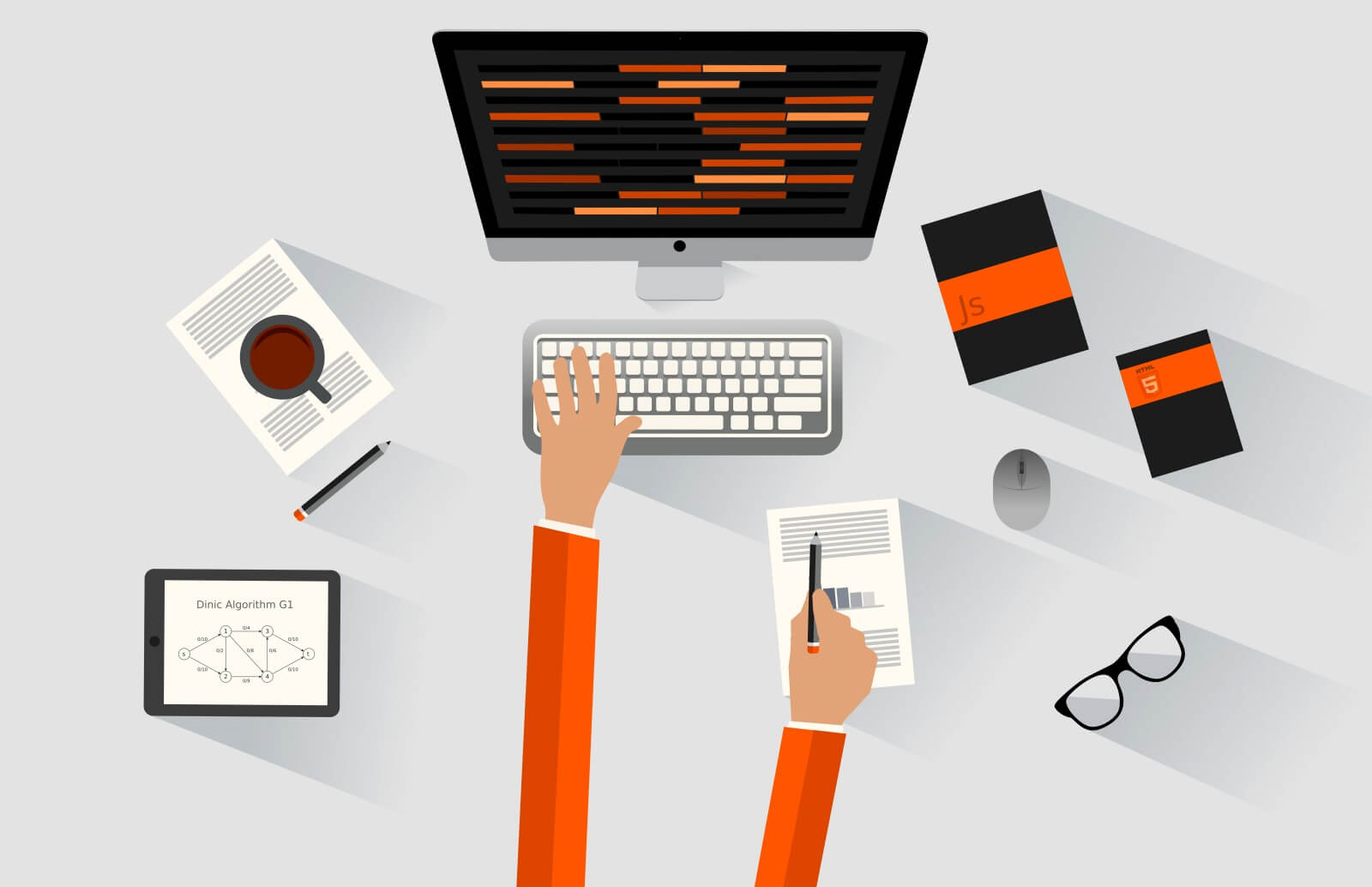Teaching programming to young children might seem daunting, but it’s easier! Kids use basic coding concepts in their everyday routines without even realizing it. Activities like brushing teeth, getting dressed, or making breakfast are all examples of sequences and algorithms. By relating these activities to coding, you can help kids grasp fundamental programming concepts in a fun and engaging way.
A Beginner’s Guide to Teaching Programming Concepts to Kindergarteners
What is a Loop? How Does it Help Us?
A loop in programming repeats a set of actions over and over. For kids, think of it like repeating their favorite song or playing the same game multiple times. A loop is anything that goes around in a circle, like how they might only eat dessert on weekends or play video games every day after school. Learning about loops helps kids understand the idea of repeating tasks, which makes them think faster and more creatively.
What is Branching in Programming?
Branching involves making decisions based on different conditions. Imagine you’re explaining this to a child: On a regular school day, they might wake up, get dressed, eat breakfast, and go to school. But what if it’s a weekend? They might sleep in, skip school, and play instead. This is branching—making different choices based on the situation. By relating this to their daily routines, children can better understand how computers make decisions using if-then statements.
Understanding Algorithms for Kids
An algorithm is just a fancy word for a set of instructions. For kids, it’s like a recipe for making their favorite sandwich—first, you get the bread, then add peanut butter, and finally, jelly. Algorithms help computers know what to do step by step. Kids who learn that everyday activities are like algorithms see the world through a coding lens.
What is Debugging?
Debugging is like fixing mistakes in a game or correcting errors in a school project. Coding means finding and solving problems in the code to make sure everything works as it should. Teaching kids about debugging encourages problem-solving and critical thinking. It shows them that it’s okay to make mistakes as long as they learn from them and find a solution.
What is Sequence in Coding?
Sequencing is all about putting things in the correct order. For example, when telling a story, you start with “Once upon a time” and end with “Happily ever after.” In programming, sequencing ensures that tasks happen in the correct order. This is one of the most straightforward coding concepts to teach young kids, relating directly to their understanding of the world.
Conclusion
Introducing these basic programming concepts helps kids develop essential skills like problem-solving, logical thinking, and creativity. By teaching coding at an early age, you’re setting them up for success in both programming and life. Remember, coding isn’t just for computer scientists—it’s for everyone, including schoolchildren. The earlier they start, the better prepared they’ll be for the future.
FAQs
What is a loop in coding?
A loop repeats a set of actions multiple times.
How does branching work in programming?
Branching makes decisions based on different conditions.
What is an algorithm?
An algorithm is a step-by-step guide to complete a task.
What is debugging in coding?
Debugging involves finding and fixing errors in code.
What is sequencing in programming?
Sequencing ensures tasks happen in the correct order.
